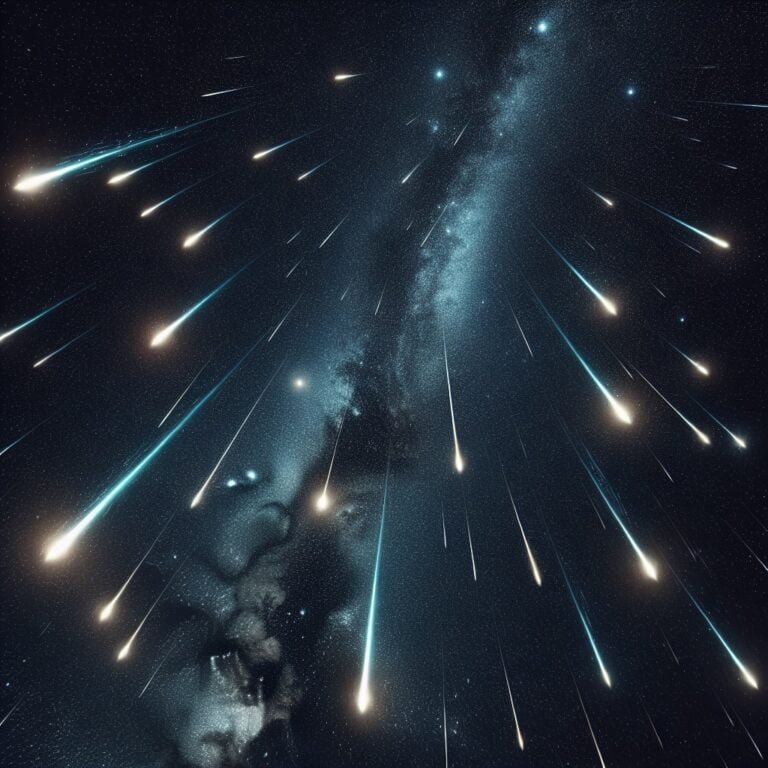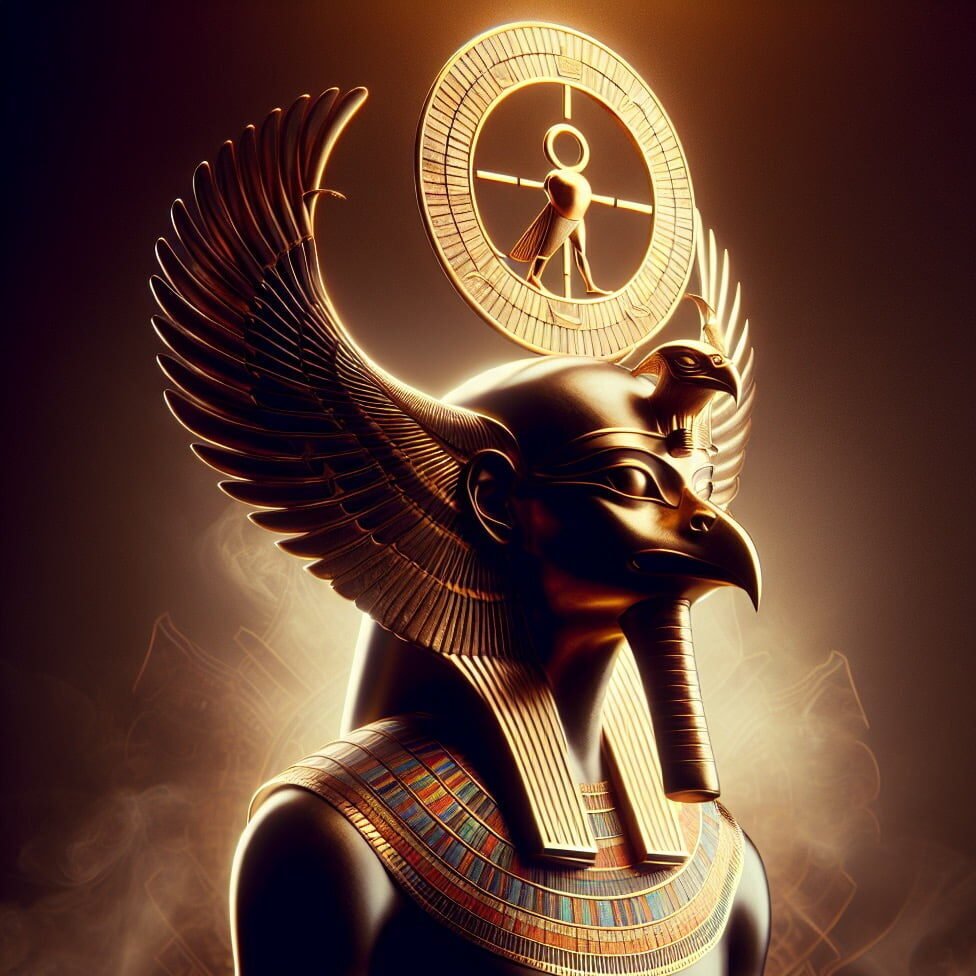Meteor showers are a spectacular natural phenomenon that enchants stargazers around the world. But what do meteor showers really look like?
Answer
Meteor showers appear as streaks of light across the night sky, created when numerous meteors, or “shooting stars,” enter Earth’s atmosphere and burn up, producing beautiful flashes.
Simple Explanation
When tiny pieces of space rock fall into the Earth’s atmosphere, they light up and create dazzling trails of light we call meteors. During meteor showers, you can see many of these shooting stars in a single night!
Detailed Explanation
Meteor showers occur when Earth passes through trails of debris left behind by comets or asteroids. These trails are made up of tiny particles that can be as small as a grain of sand. As these particles enter the Earth’s atmosphere at incredible speeds, they become incandescent due to the friction created with the atmosphere, resulting in bright streaks of light known as meteors.
Types of Meteor Showers
- Annual Meteor Showers: Some meteor showers happen at the same time every year. For example, the Perseids shower peaks in August, while the Leonids peak in November.
- Intensity and Visibility: Meteor showers can vary in intensity. Some nights, you might see just a few meteors, while during peak times, you could observe dozens or even hundreds of meteors per hour.
The best way to view meteor showers is to find a dark location away from city lights. With patience and a clear sky, you can enjoy the spectacle as these “shooting stars” create breathtaking trails across the night sky. Keep an eye out for the biggest fireballs, as they can appear brighter and last longer than regular meteors!
Conclusion
Meteor showers provide a stunning show of nature, lighting up the night skies with magical displays of falling stars. They remind us of the vastness of space and the wonders that can be found just above us.
FAQ
Q: How often do meteor showers happen?
A: Meteor showers occur throughout the year, with several major showers happening annually.
Q: What is the best time to see a meteor shower?
A: The best time to view meteor showers is usually after midnight when the sky is darkest and you’re facing the direction of the meteors’ radiant point.
Q: Are all meteor showers the same?
A: No, meteor showers differ in intensity, duration, and the types of meteors visible. Some are rich in bright fireballs, while others produce faint meteors.
Q: Can you predict meteor showers?
A: Yes, astronomers can predict meteor showers based on the orbit of their parent comet and the Earth’s position in relation to it.
External Sources
Learn more about meteor showers from NASA and American Meteor Society.




